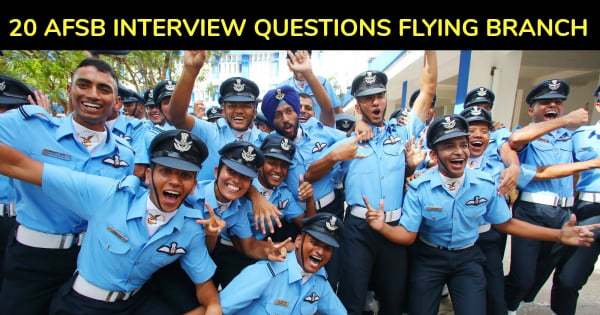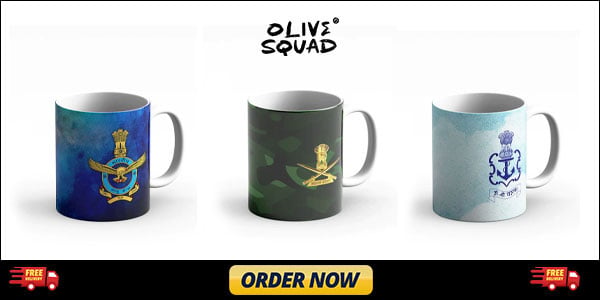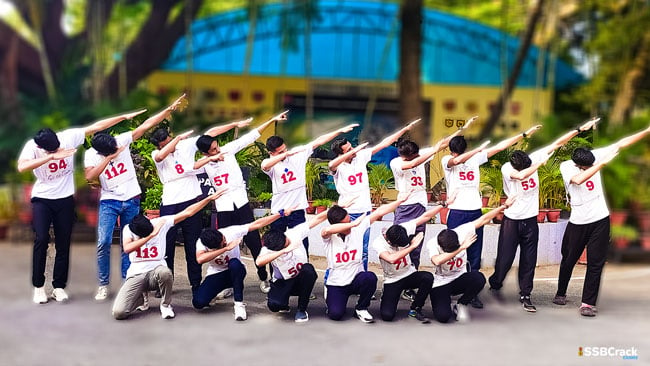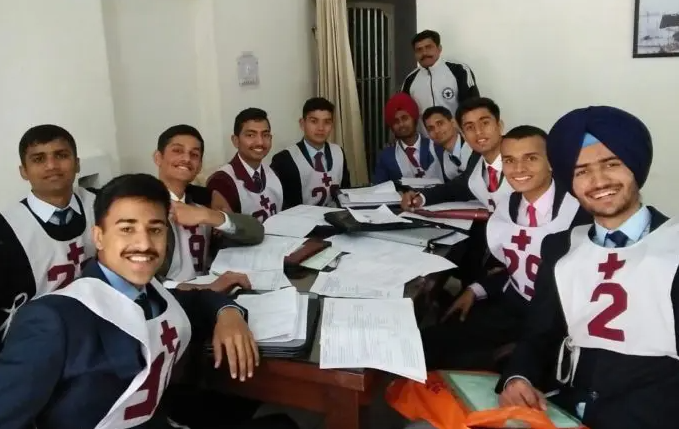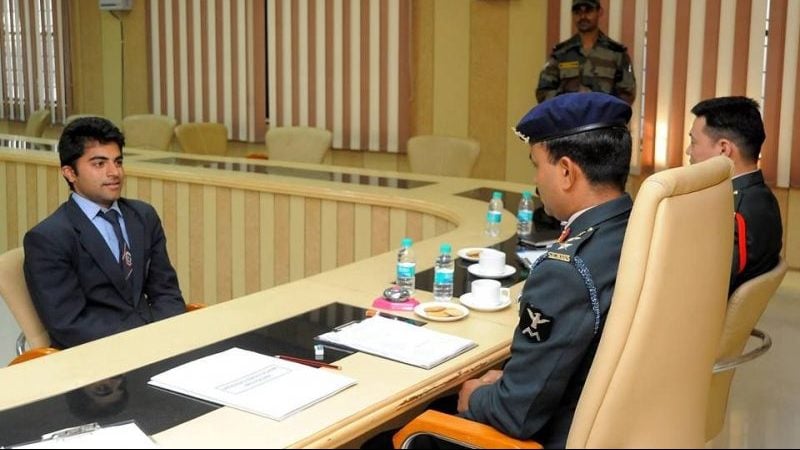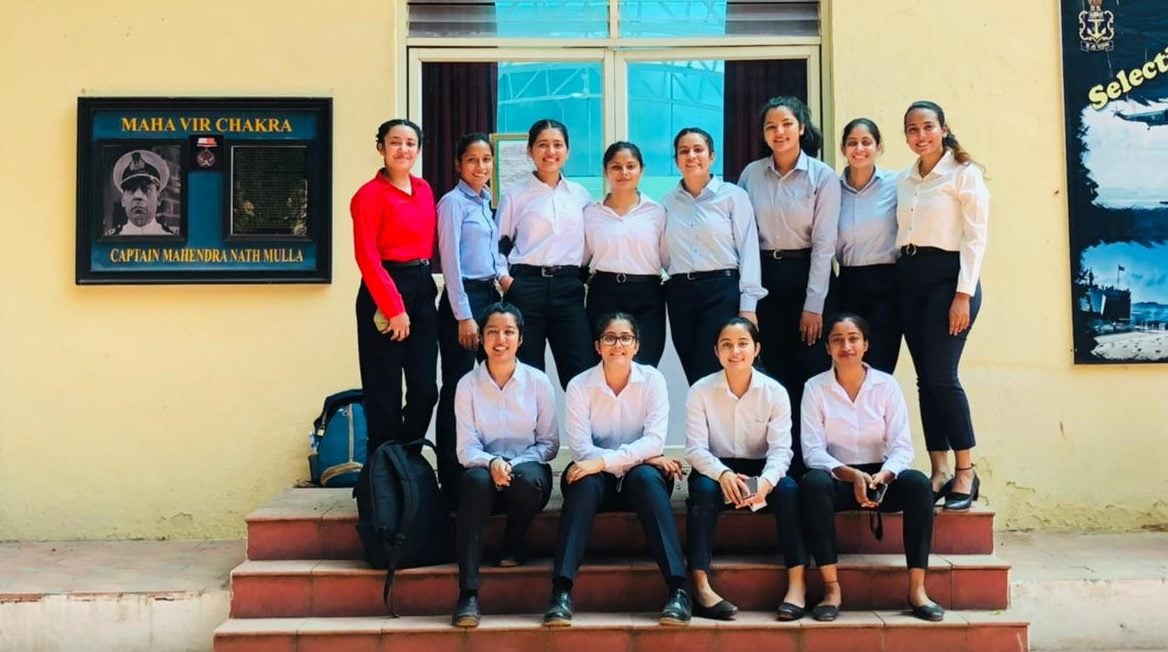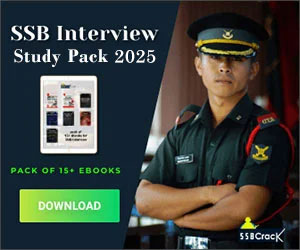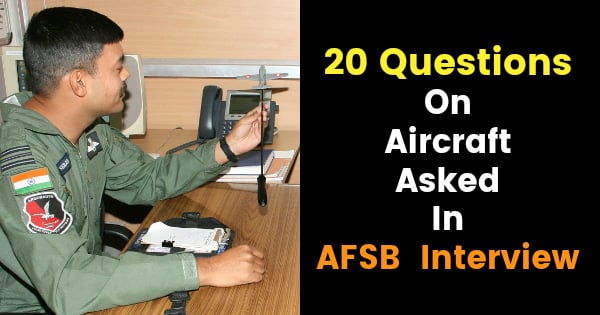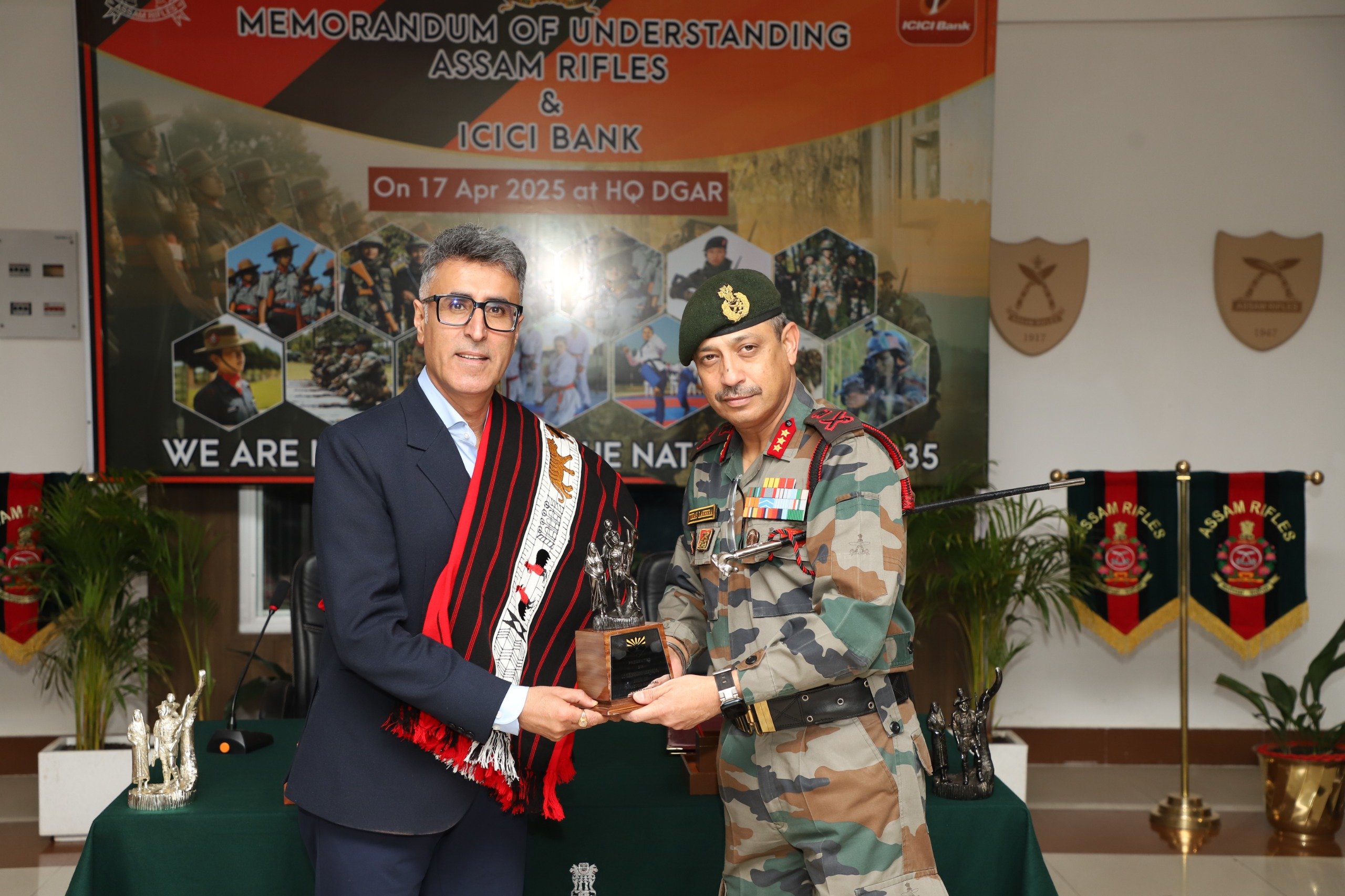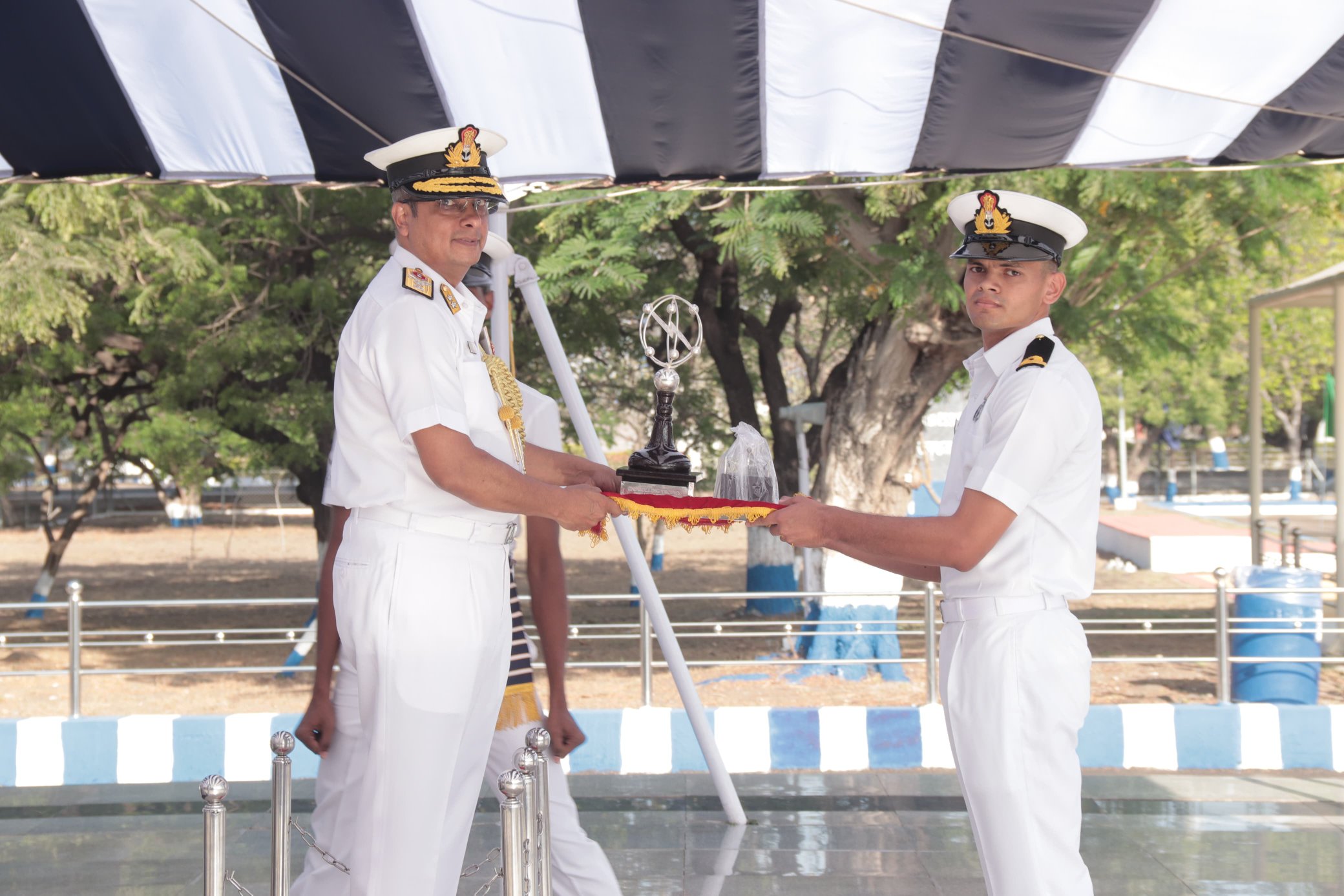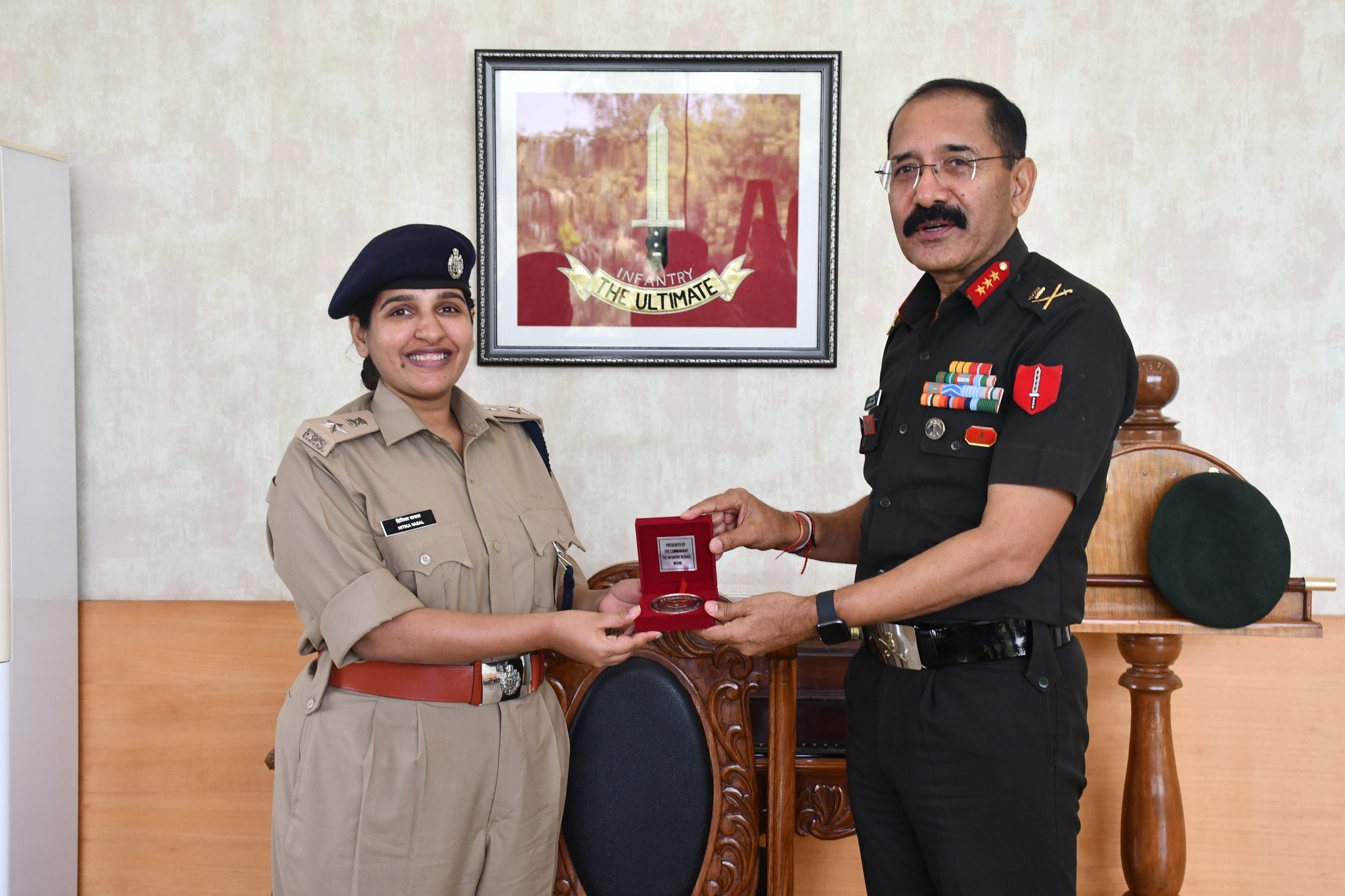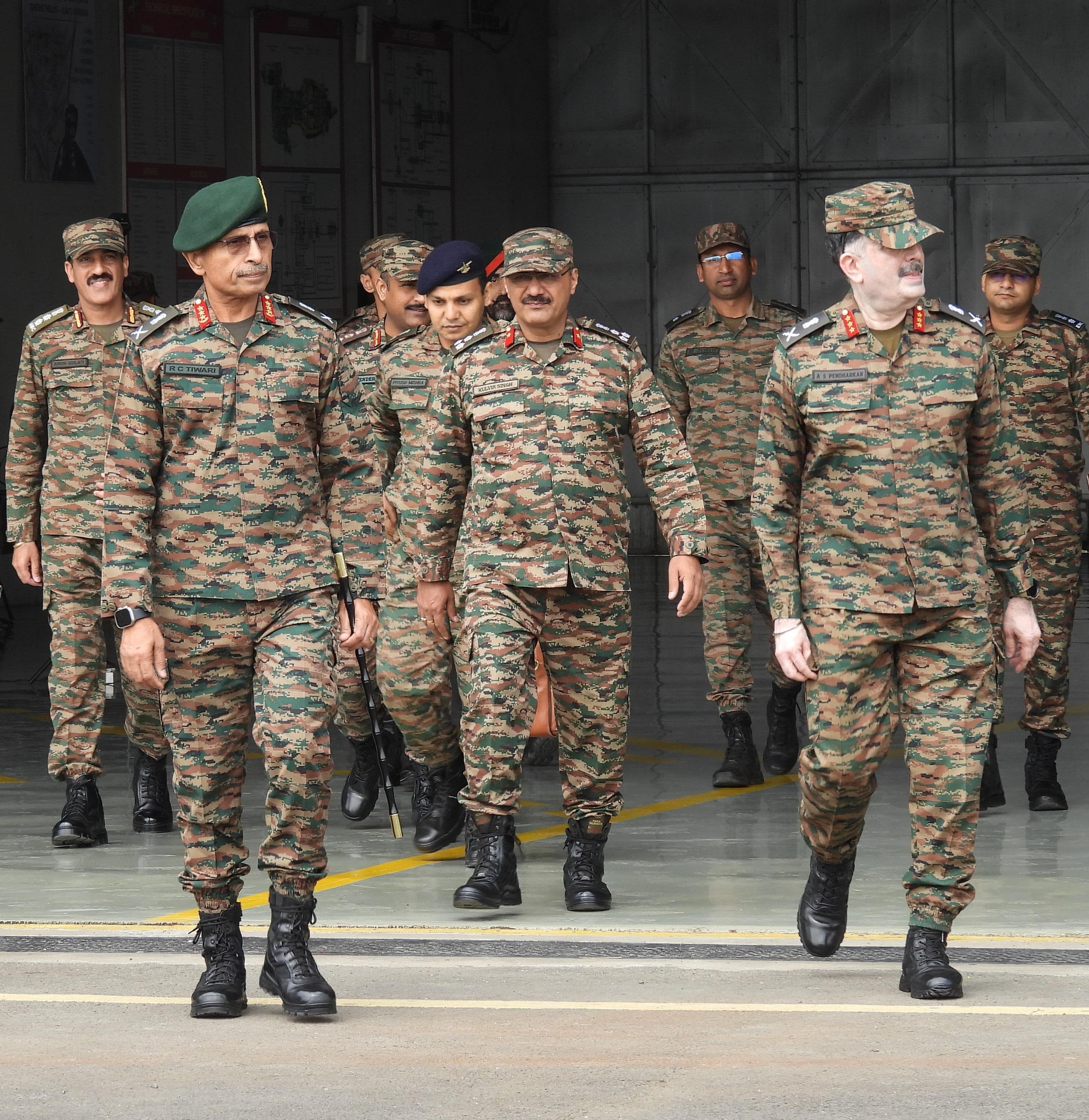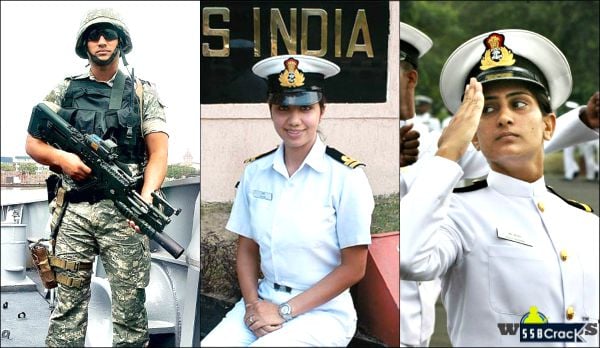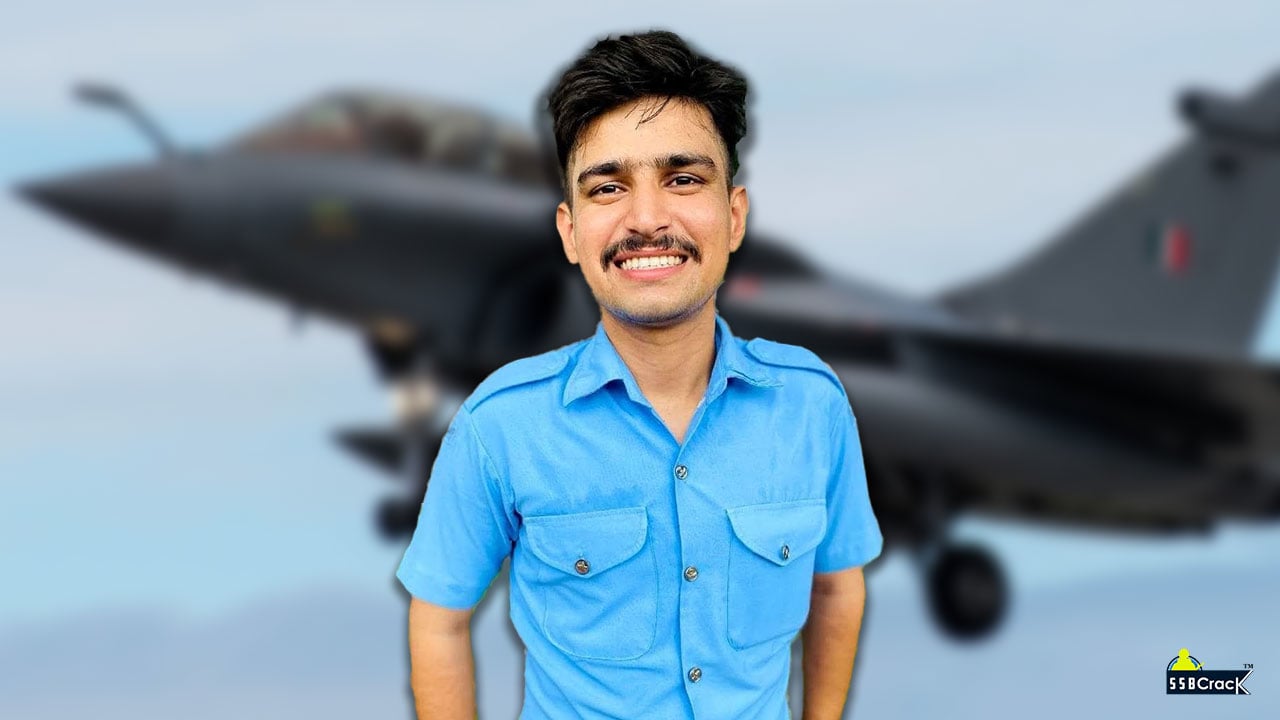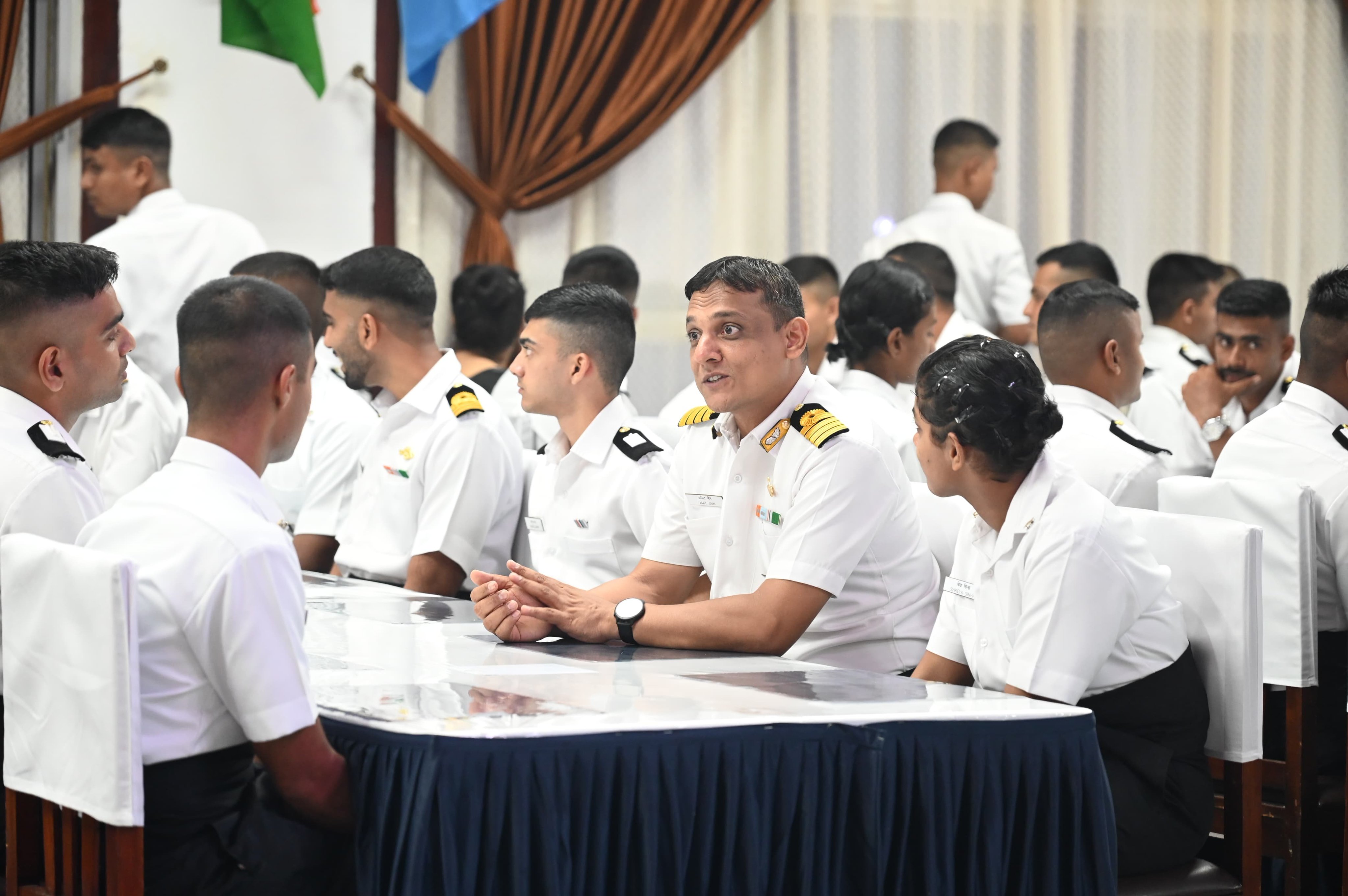Joining the flying branch of the Indian Air Force represents the pinnacle of many aspirants’ dreams, but earning the opportunity to pilot supersonic jets is highly competitive. If you’re preparing for the Air Force Selection Board (AFSB) interview and aiming for the flying branch, this comprehensive guide covers critical interview questions you might encounter, particularly those focused on aircraft and flying knowledge.
Why Flying Branch Questions Matter
The AFSB interview process is designed to assess candidates based on their chosen branch, educational qualifications, and specific application path. For flying branch candidates, interviewers expect a fundamental understanding of aeronautics, aircraft operations, and IAF fleet knowledge. All flying branch applicants must have completed Physics and Mathematics at the 10+2 level.
Buy Now: AFSB Interview Preparation Books [100% Recommended]
Essential AFSB Flying Branch Questions & Answers
1. What are the three sub-branches of the flying branch?
Answer: The flying branch is divided into three specialized categories: Helicopters, Fighters, and Transport aircraft.
2. Name three helicopters used by the Indian Air Force.
Answer: The IAF operates several helicopter models including Mi-17, Mi-35, and ALH Dhruv (Advanced Light Helicopter).
3. What principle enables aircraft flight?
Answer: Aircraft fly based on aerodynamic principles, specifically Bernoulli’s principle. The pressure differential between the upper and lower wing surfaces generates lift, while engines provide forward thrust.
4. Explain Bernoulli’s principle with an example.
Answer: Bernoulli’s principle states that an increase in fluid velocity corresponds with a decrease in pressure or potential energy, expressed as A₁V₁ = A₂V₂. A practical example is a venturi tube, where fluid speeds up as it passes through a narrowed section, creating lower pressure.
5. How is buoyancy related to aircraft?
Answer: Buoyancy refers to the upward force exerted on objects immersed partially or completely in fluid. For flight, an aircraft must displace a mass of air downward equal to its own mass each second. This principle is fundamental to understanding how aircraft remain airborne.
6. What is the most recently inducted aircraft into the IAF?
Answer: The indigenous Light Combat Aircraft Tejas was recently inducted into the IAF. Its squadron is known as “The Flying Daggers.”
7. What roles do aircraft serve in the IAF?
Answer: Aircraft constitute the backbone of any air force. In the IAF, they are essential for maintaining air superiority and defending national borders during conflicts.
8. How does the Air Force utilize aircraft during peacetime?
Answer: During non-combat periods, the Air Force conducts Humanitarian and Disaster Relief Operations (HADR), participates in multinational exercises with allied forces, and maintains combat readiness through training.
9. Which aircraft was recently added to the IAF’s vintage fleet?
Answer: The Dakota (also known as Parashuram) was added to the IAF’s heritage aircraft collection.
Also Read: 20 Questions On Aircraft Asked In AFSB Interview
10. What is the largest aircraft operated by the IAF?
Answer: The Ilyushin Il-76 “Gajraj” is the largest transport aircraft in the IAF inventory.
11. Name five transport aircraft operated by the IAF.
Answer: The IAF’s transport fleet includes the C-130J Super Hercules, C-17 Globemaster, Il-76 Gajraj, An-32, and the Il-78 aerial refueling tanker.
12. Define knots, nautical miles, and Mach.
Answer:
- A knot represents one nautical mile per hour
- A nautical mile equals 1.8 kilometers
- A standard mile equals 1.6 kilometers
- Mach measures speed relative to sound velocity (Mach 2 means twice the speed of sound)
13. Name five fighter aircraft in the IAF inventory.
Answer: The IAF operates Tejas, Su-30 MKI, MiG-29, MiG-21 Bison, and Jaguar fighter aircraft.
14. What is streamline shape and why is it important?
Answer: A streamlined shape minimizes friction drag between a fluid and an object moving through it. This aerodynamic design significantly reduces drag, improving fuel efficiency and performance.
Advanced Questions for NCC Candidates
15. What trainer aircraft does the IAF use?
Answer: The IAF training fleet includes the Pilatus PC-7, Hawk Advanced Jet Trainer (HJT), Kiran, and Dornier aircraft.
16. Explain the fly-by-wire system in modern aircraft.
Answer: Fly-by-wire replaces conventional mechanical flight controls with electronic interfaces. Pilot control inputs are converted to electronic signals that operate flight control surfaces. This digital system enhances flight safety, efficiency, and control precision.
17. Name five essential instruments in a microlight aircraft.
Answer: Key microlight instruments include the Airspeed Indicator, Altimeter, Slip/Skid Indicator, Compass, and Fuel Indicator.
18. Identify aircraft components from nose to tail.
Answer: Aircraft components sequentially include the cockpit, fuselage, wings, undercarriage, stabilizers, ailerons, elevators, and rudders.
19. What are the three fundamental aircraft motions?
Answer: Aircraft movement operates on three axes:
- Pitching (controlled by elevators) – up and down nose movement
- Rolling (controlled by ailerons) – side-to-side wing movement
- Yawing (controlled by rudder) – left-right nose movement
20. In which atmospheric layer do aircraft typically operate?
Answer: Commercial and military aircraft primarily fly in the stratosphere, which provides stable conditions above the troposphere’s turbulent weather patterns.
Preparation Tips
While comprehensive aviation knowledge demonstrates your commitment to the flying branch, interviewers understand that not all candidates have extensive technical expertise. If you encounter a question beyond your knowledge, respond honestly with “I don’t know, sir” rather than attempting to fabricate an answer.
The interview assesses your character, aptitude, and genuine interest in aviation—not just memorized facts. Focus on understanding fundamental concepts while demonstrating your passion for flight and willingness to learn.
Remember that this technical knowledge represents just one component of the broader AFSB evaluation process that examines your officer-like qualities and leadership potential.

